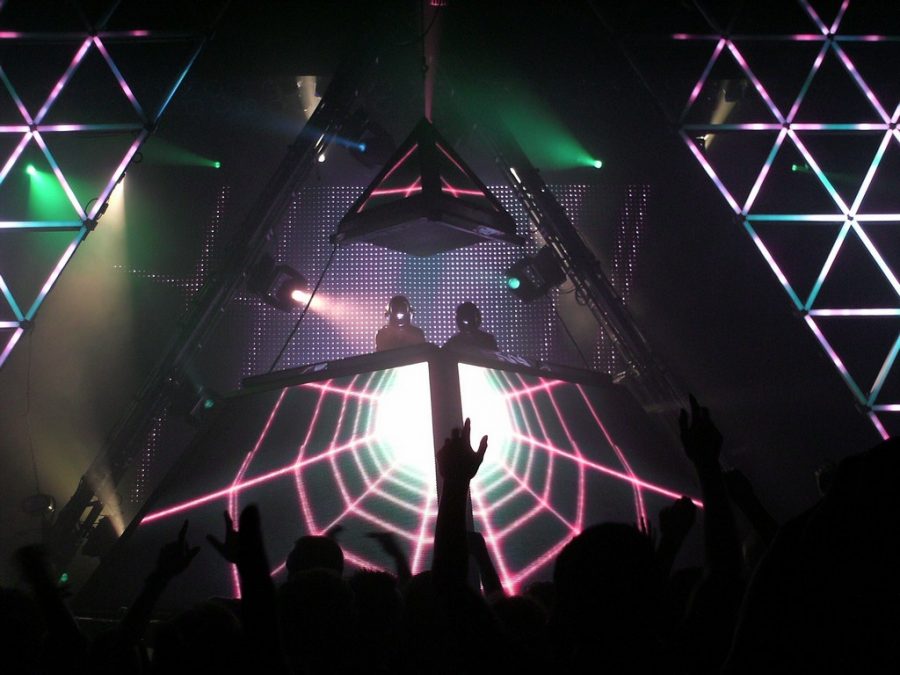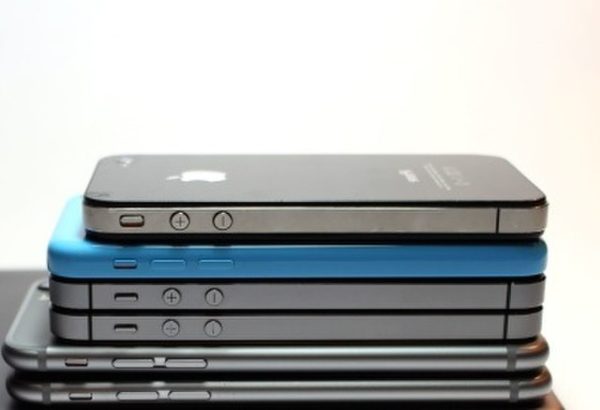Daft Punk disbands after 28 years
Daft Punk performing live at 2006’s TIM festival in Brazil
Daft Punk, a pair of electronic musicians from France, disbanded on Feb. 22 after nearly three decades of working together. The duo consisted of Guy-Manuel de Homem-Christo and Thomas Bangalter, who received six Grammy Awards during their time active.
The award-winning techno act wasn’t de Homem-Christo and Bangalter’s first foray into music. In 1992, they formed the guitar group Darlin’ with Laurent Brancowitz. The band lasted six months, just long enough to net them a negative review in British music magazine Melody Maker, referring to their multi-artist EP as “a daft punky thrash.” The title stuck, and Daft Punk was formed in Paris in 1993.
On Feb. 22, the duo posted a video on their Youtube channel titled “Daft Punk – Epilogue.” The video consisted of a scene from their 2006 film Electroma, in which one of the robot characters that they depicted self-destructed as the other walked away. A card shown after the explosion read “1993-2021.” Later that day, Daft Punk publicist Kathryn Frazier confirmed that the video was an announcement of the act’s split.
The impact that the duo had on the modern music scene will not be forgotten. Besides popularizing DJs wearing distinctive helmets, which is notable in modern acts like Deadmau5 and Marshmello, Daft Punk brought house music to heights it hadn’t seen since the 1980s. Rare traits of their music, like talk boxes and cut-up vocal samples, have since become staples of mainstream pop. They are often credited with kickstarting electronic dance music, and it seems hard to argue with the assessment.
Even for casual listeners who would typically not seek out electronic music, Daft Punk’s songs have been hard to avoid. “Get Lucky” dominated the radio throughout 2013, and “Harder, Better, Faster, Stronger” spawned its own trend—fans recreated the song’s lyrics by displaying the words on body parts or in digital programs. Memorable albums include 1997 debut “Homework” and “Alive” (2007), which won a Grammy Award for Best Electronic/Dance Album in 2009.
Speaking as a fan, if Daft Punk had to split, this is one of the better ways they could have done it. The mystery surrounding the breakup fits perfectly with the personas that the duo have cultivated. We’re not supposed to know what happened behind the masks. It’s always been about the music, not the people who created it, and knowing why the breakup happened wouldn’t change the fact that Daft Punk has now disbanded.
Despite the heartbreak that many fans feel over the fact that the duo will no longer be producing new music, the split doesn’t negate the 28 years of amazing music that Daft Punk created before they broke up. It’s always sad when a good thing ends, but getting so many years of that good thing softens the blow slightly.
I’m glad that Daft Punk ended while still at a peak in their musical careers. Their music never got a chance to become stale or degrade in quality and relevance, a fate that even groups lasting shorter than them end up falling to.
One of the perks of being a father of a new age of dance music is that there are many acts inspired by and similar to Daft Punk. Big names include Calvin Harris, Avicii, Zedd and Skrillex. I’ve even heard fans swear by Justice and Kavinsky. No matter what sound drew you to the duo, the fact that they drew from a variety genres such as house, funk, techno and disco means that you’re bound to find the traits that you loved in them elsewhere.
Oh, and if you’re into worms, check out Baicalellia daftpunka, a species of flatworm named for its resemblance to the duo’s iconic helmets. Daft Punk really has something for everyone.











